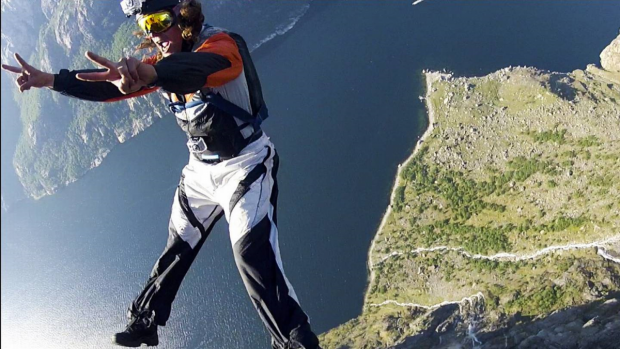How to Recover After Doing Extreme Sports
The stresses of physical activity, work and exercise all take their toll on the human body. From elective forms of exercise to daily regimens of manual labor, every aspect of physical activity actually does damage to muscles, joints and other critical areas. While exercise is a must-do aspect of healthy living, so is giving the body time to rest and recover after such workouts.
There’s no better example of where the combination of damage and recovery are intertwined than in the world of extreme sports. Giving the body a proper amount of time to rest – along with recovering in ways that accelerate the body’s healing – is imperative.
As such, let’s look at how you can recover properly after engaging in extreme sports.
Proper Food and Hydration
In the aftermath of any extreme sports activity, understand that your body needs time to rest and recover. However, the strenuous activity has no doubt burned plenty of calories while also depleting you of vital nutrients and water. It’s for this reason that a well-balanced post-sports meal is vital.
Depending on the exact level of activity, high-protein post-workout meals may be in order. Excessive amounts of sweating may deplete the body of vital components like sodium, justifying a higher-sodium intake immediately following exercise. Additionally, an adequate amount of water (usually ranging from 20-40 ounces) following an evening workout can help balance your body and ensure it has the hydration necessary to repair itself.
Plenty of Sleep
Depending on how extreme your sports activity is, resting for anywhere from 24 to 48 hours post-workout is crucial. How you rest following this exercise can determine the quality of your sleep (which has a direct impact on how quickly your body will heal). Ultimately, both the quality and quantity of sleep you receive post-workout truly matter.
Ensuring that you are able to get anywhere from 7 to 9 uninterrupted hours of sleep following any extreme sports activity will maximize the recovery processes in your body. Everything from inflamed joints to sore muscles need this consistent recovery period to heal properly. It’s also worth investing in a high-quality mattress that maintains proper posture and comfort while asleep (read this first before purchasing any new mattress), as this is where you’ll spend around one-third of your life regardless of exercise regimen.
Baths and Massages
Sore muscles and aching joints are an all-too-common side effect of extreme sports. Whether you’re snowboarding, scuba diving, parasailing or just enjoying some CrossFit, ensuring you’re not quasi-immobile for one or more days afterward is integral to recovery. Whether it be lactic acid buildup or strained muscles, relaxing physically afterward is highly recommended. Post-exercise bath regimens vary depending on what symptoms you’re experiencing: both warm and cold baths have benefits.
A warm bath can help relieve muscle pain and relax tight areas, making it easier to wind down after a tough day. A bit of self-massage can go a long way toward recovery as well, helping to reduce that lactic acid buildup in muscles that can linger for two or more days after your excursion. Cold water baths can also help reduce lactic acid (but won’t relax tight muscles). Ultimately, these practices are simple enough to do, but have a major impact on your recovery after any extreme sports activities.
Taking proper care of yourself before, during and after any intense exercise is just common sense. By eating right, hydrating, committing to rest and enjoying a warm bath (along with some simple self-massage), your body’s recovery can be both quick and thorough. The sooner you recover fully from an extreme sport workout, the sooner you can begin enjoying your favorite sports activities once again!

